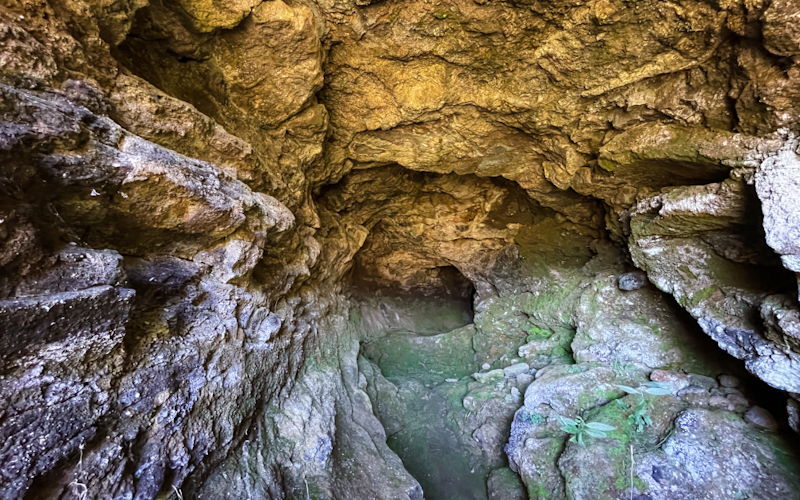Located between Ahu Te Peu and Anakena lies a secluded paradise on Easter Island, largely untouched by tourists due to its challenging access and lack of protection for its archaeological treasures. This area, bordered by the ocean to the west and the southern part of Terevaka Hill to the east, exudes a beauty that radiates a special calm.
To explore this lesser-known region, you can embark on a journey from Ahu Te Peu or set out from Anakena. We began the trek from Anakena, where a dirt road transforms into a scenic hiking trail, offering two paths to choose from - one hugging the captivating coast and the other leading inland. While the coastal route is favored by many, guiding visitors to Hanga Oteo and revealing enchanting archaeological wonders such as boat-shaped houses, Tupa stellar observatories, caves adorned with petroglyphs, and monumental Ahus, we opted for the less-traveled path inland.
Following an old riverbed into the heart of the island, we gradually ascended and were greeted by the entrance of a cave known as Ana Roa. While its true name remains a mystery, the recently bestowed name is fitting, as Ana Roa translates to "large cave" in Rapa Nui. As we ventured inside, a pleasant surprise awaited us - we could walk upright for hundreds of meters, fully experiencing the cave's grandeur. The beauty of the cave's lush green paradise at its end added to it's appeal. Without a doubt, it stands as one of the most extraordinary and enchanting caves on the island.
As we walked along the windswept landscapes, whispers of the past reverberated, reminding us of the need for preservation. With no formal protection in place, it is upon both residents and visitors to cherish and safeguard these precious archaeological marvels. Whether exploring on your own or embarking on guided hikes, traversing Easter Island's northwest corner promises an unforgettable odyssey, steeped in ancient mysteries and timeless beauty.









